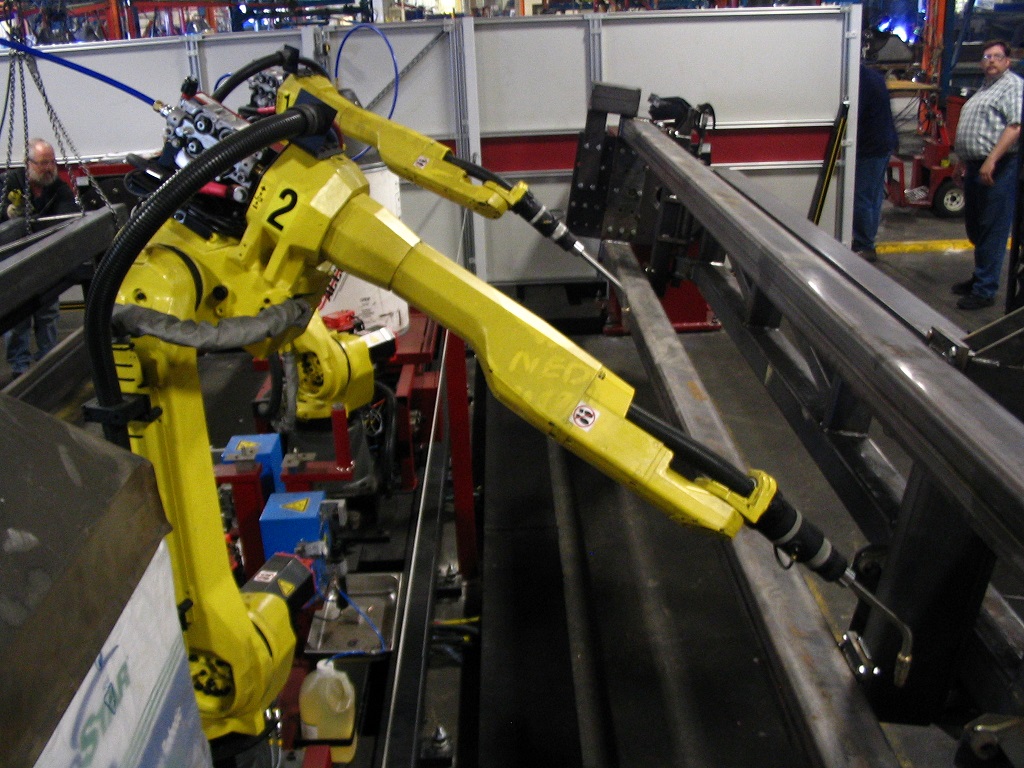This post is also available in:
 עברית (Hebrew)
עברית (Hebrew)
One of the biggest bottlenecks for the modern aerospace industry is that conventional engineering and manufacturing techniques are far too slow for a rapidly changing world. Where once whole new models of aircraft could be rolled out on an almost yearly basis, modern aircraft, especially warplanes, can take decades, even generations, to go into service, with many becoming obsolete before their numbers even come up to strength.
Britain’s newest fighter for the international market, the Tempest, is hoped to break that cycle by incorporating new digital design and robotic manufacturing techniques to bring down development and production times significantly.
BAE Systems has unveiled the futuristic smart factory that will be used to develop and manufacture Britain’s Tempest fighter jet. The new facility at Warton, Lancashire combines robotics with other advanced technologies that will allow production lines to adapt much faster by removing the need for slow, expensive retooling.
The new facility uses off-the-shelf robotic technology, 3D printing, virtual and augmented reality, and more. The key to this is cobotics. That is, figuring out how humans can collaborate seamlessly with robots. In this scenario, flexible robots take on the heavy lifting and can shift quickly from one process to another without the need for conventional retooling.
According to the company, modern aircraft design requires precision on the scale of a third of the width of a human hair, so the off-the-shelf robots will require modifications to get them up to speed, but when the factory is up and running, such automation will allow operators to concentrate on higher-skilled and strategic tasks, while managers can oversee operations from a fully digitized, virtual office. The result is the capability to deliver combat aircraft cheaply and in half the time, as reported by newatlas.com.


























